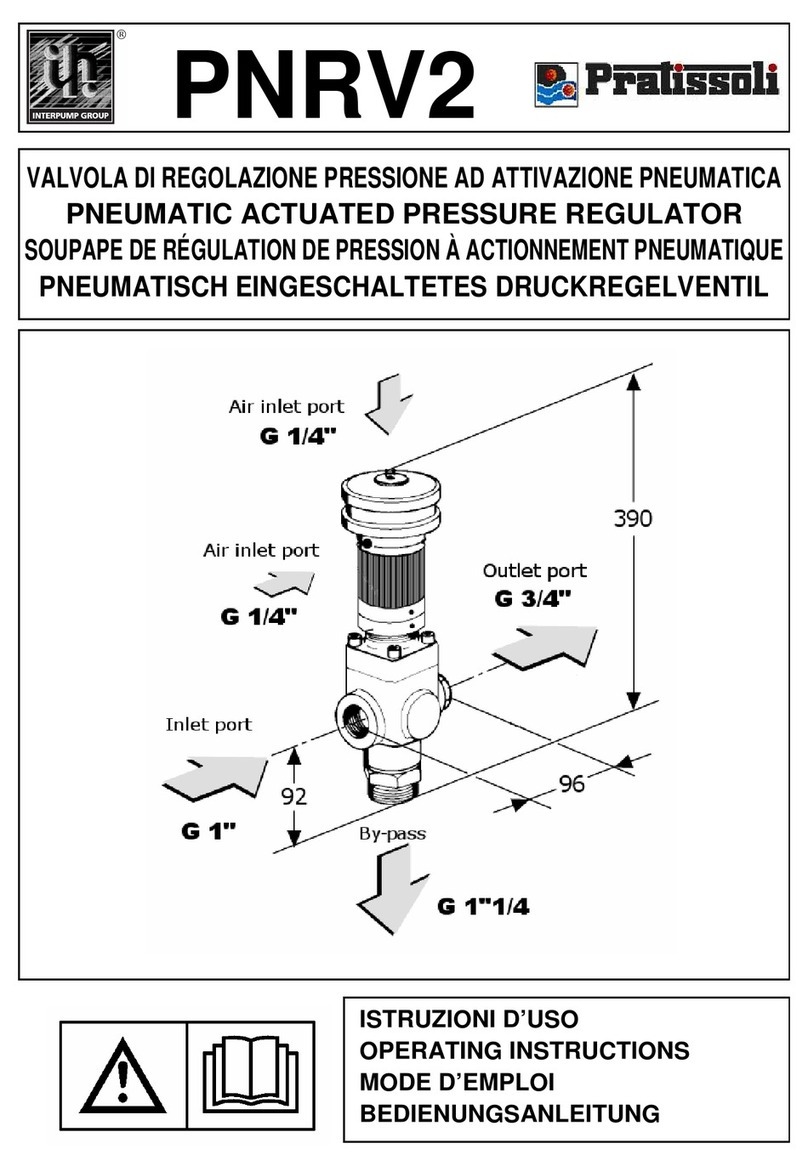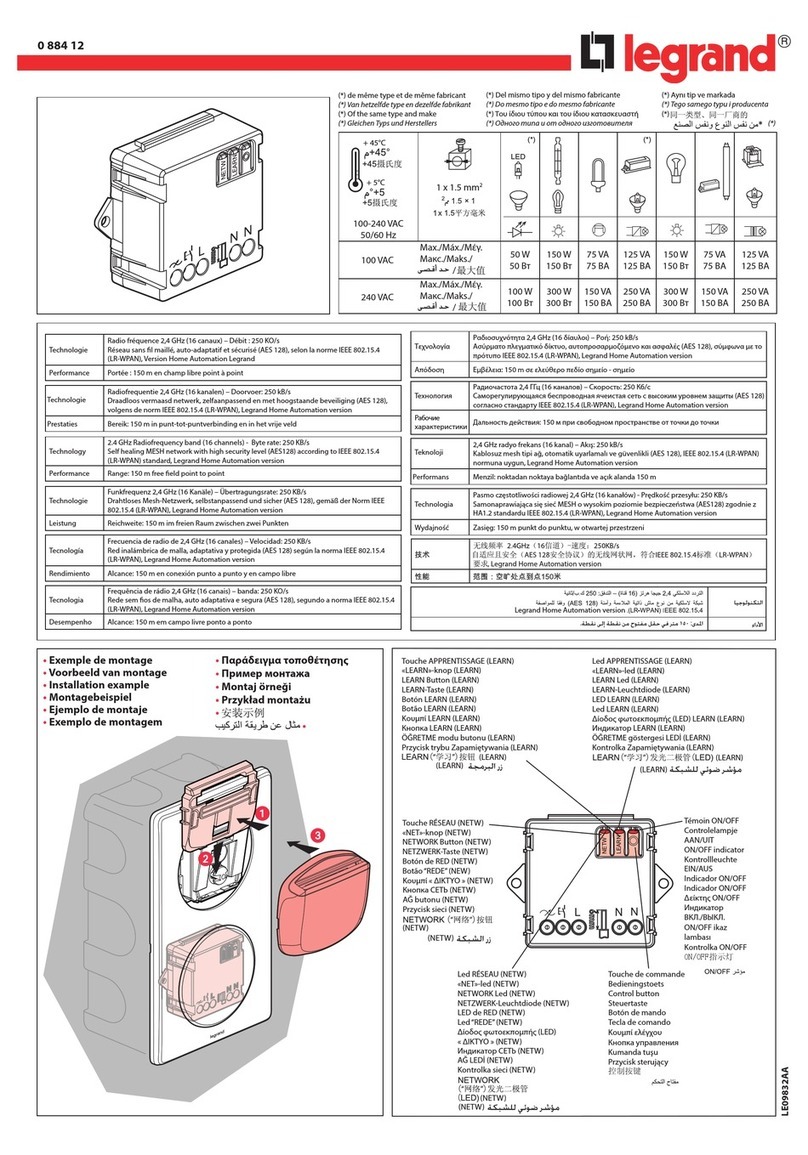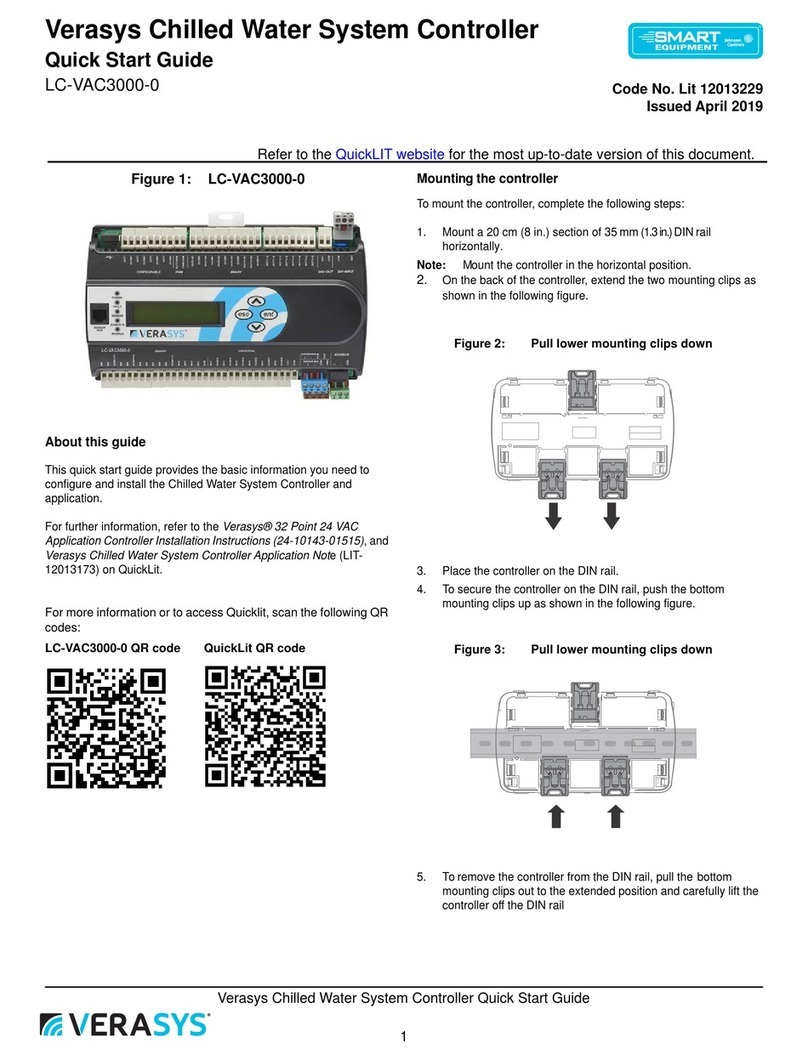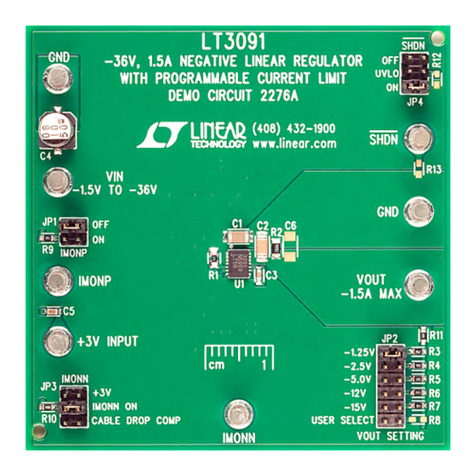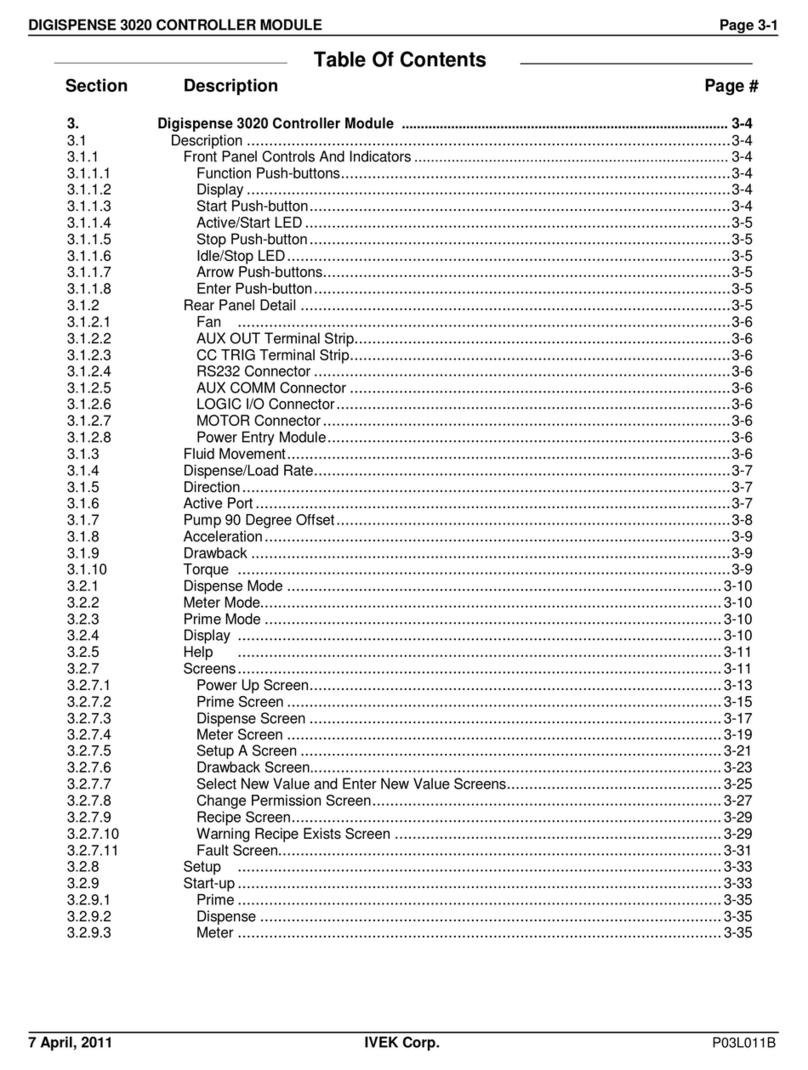Hissmekano Viksam 3.0 User manual

Viksam 3.0

www.hissmekano.se
Manual Viksam 3.0 version 2 –October 2022 1
Table of Content
Table of Content...................................................................................................................................... 1
1 Data ................................................................................................................................................. 2
2 Installation....................................................................................................................................... 3
3 Connections..................................................................................................................................... 5
3.1 Voltage supply......................................................................................................................... 5
3.2 Motor and encoder connection .............................................................................................. 5
3.3 Interface and settings.............................................................................................................. 6
3.4 Pinch/crushing protection....................................................................................................... 6
3.5 Relay contacts.......................................................................................................................... 7
3.6 Blocking ................................................................................................................................... 7
3.7 Door hanging........................................................................................................................... 7
4 Commissioning ................................................................................................................................ 8
4.1 Learning trip ............................................................................................................................ 8
4.2 Manual mode .......................................................................................................................... 8
5 Troubleshooting .............................................................................................................................. 9
6 Spare parts..................................................................................................................................... 10
7 Maintainance................................................................................................................................. 10
7.1 Lubrication of tension roller.................................................................................................. 10
7.2 Adjustment of belt................................................................................................................. 10

www.hissmekano.se
Manual Viksam 3.0 version 2 –October 2022 2
1Data
Values
Supply voltage: 230 VAC
Internal voltage: 36/24 VDC (+/- 5 %)
Nominal current: 3A
Max internal current: 10A
Allowed temperature: 0 till +50 °C
Max voltage/current for relays: 230 VAC / 10A
Fuse
6,3A slow, 5x20mm
Inputs
Open Signal
Close signal
Connections
12 x screw terminals for motor/encoder/signals
Supply cable: IEC C14
Relay contacts
Obstruction
Closed door position
Open door position
Buttons
Normal operation/learning trip
2-Threads [COM to open or close] / 1-Thread [COM to open/close]
Dimensions
410x160x70mm

www.hissmekano.se
Manual Viksam 3.0 version 2 –October 2022 3
2Installation
1. Mount the motor and idler pulley with corresponding brackets as close as possible to the
pilaster. The motor should be placed on the hinge side.
The picture shows left opening door installation
2. Mount the brackets at the backside of the hanger rail. Each angle needs 4x square nuts and 4x
hexagonal screws. Adjust the angles to approx. 10mm from each pilaster. Mount the idler pulley
furthest into the track of the bracket to be able to tension it outwards when the belt has been
attached.
Angles mounted on the rail with distance to each pilaster
3. Mount the belt around the idler pulley and gearwheel from the motor. Connect the belt ends
with the belt coupling. Cut the length of the belt if necessary.
Belt with belt coupling

www.hissmekano.se
Manual Viksam 3.0 version 2 –October 2022 4
4. Attach the belt coupling with the belt slider on the double plate.
Belt coupling when assembled
5. Adjust the tension of the belt by pushing the angles or idler pulley further against the edge of
the pilaster. One way to tension it is by using a chisel with a 3mm thick blade and bending the
tool carefully against the angle and against the idler pulley, so that the idler pulley is pressed
against the frame. See the figure below. This requires that the angle is correctly mounted on the
rail and that the idler pulley has some space left in the track.
Belt tension adjustment with hand tools.
6. Mount the mechanical stop in the groove at the motor angle. As belt coupler takes towards the
mechanical stop, the folding door has a clear limit in the open position. Adjusted accordingly
based on needs, but we recommend approx. 10mm before it stops when you open the door
manually.
7. Attach the control to the basket/car roof using the appropriate screw in the 6mm wide slotted
holes for vertical or horizontal mounting.

www.hissmekano.se
Manual Viksam 3.0 version 2 –October 2022 5
3Connections
ALL ELECTRICAL CONNECTIONS MUST BE DONE WITH NO POWER.
3.1 Voltage supply
The door control is supplied with a quick-connect IEC C14 cable for the power supply.
This is connected to 230 VAC and earth. A fuse (2.5A slow) is located in the connection housing.
3.2 Motor and encoder connection
The motor is delivered including an encoder with cabling that is connected as shown below.
NOTE. The encoder is connected differently depending on whether it is a right- or left-hanging
door.

www.hissmekano.se
Manual Viksam 3.0 version 2 –October 2022 6
3.3 Interface and settings
The connection of open and close signals takes place through two different options: 1-wire or 2-wire.
2-wire is recommended when these signals are available in the control system.
The desired option is set on the push button, see below.
Control of the door is done via the digital inputs on the screw terminal inputs "9–12". If the door
control is connected with a separate opening and closing signal, i.e. 2-wire communication, the
pushbutton on the left of the image above must be set to "2-wire". The door will then open when
closed between "9" and "11" and close when closed between "9" and "12". If there is no signal or if
both signals are active, the door will stay in its current position.
If the door control is connected to a common opening and closing signal, 1-wire communication, the
push button must be set to "1-wire" as above. The door will then close in the event of a short circuit
between "9" and "10" and open when the connection is broken.
The folding door closes when "12" is activated
and opens when "11" is activated.
The folding door closes when "10" is activated
and opens when it is deactivated
3.4 Pinch/crushing protection
Pinch protection in both opening and closing cycles and managed internally.
In case of blocking, the door will reverse and then make another opening attempt where the door
slows down to the position where the door was previously blocked. After a complete open/close
cycle, the door returns to normal operation again.

www.hissmekano.se
Manual Viksam 3.0 version 2 –October 2022 7
3.5 Relay contacts
If you need to use the relay contacts, you need to remove the cover on the control and connect the
relays according to the picture below. NOTE: We only use relays 1-3.
Obstruction: This contact switches/triggers when the torque limit is reached in the close/open cycle.
Closed position: This contact switches/triggers when the door is fully closed.
Open position: This contact switches/triggers when the door is fully open.
3.6 Blocking
When the door is blocked, the door must reverse.
In case of blocking in the opening/closing phase, the door will always reverse, but the signal can be
taken from the relay contacts on the inside of the control. After 3 attempts, the control will wait for a
new signal.
3.7 Door hanging
For the opening and closing signals to steer the door in the right direction, the encoder cables must
be correctly connected, see below. If it is connected correctly, the door will stop in the closed
position after the learning trip. If the engine is on the right side seen from a floor plan, it is a right-
hanging door.
NOTE. When changing direction, it is important to switch off the power and start up the steering
learning journey mode. Otherwise, there is a risk that the door runs at full speed toward the limit
positions when it thinks that the position is outside the doorway.

www.hissmekano.se
Manual Viksam 3.0 version 2 –October 2022 8
4Commissioning
4.1 Learning trip
For the door control to know the door's opening width, a learning trip is required. Set the power
switch to “Normal” and turn on the power. Then press the button as below to "learning trip". The
door will now at low speed open fully and then close and after a few cycles it will stay in the closed
position. NOTE. If it stays in the open position, the encoder may be incorrectly connected, see section
3.2. When the learning journey is finished, the push button must be set to the "normal" position and
then the door can be put into operation.
4.2 Manual mode
It is not a manual mode, but if you want to see if the door opens and closes as it should, you can set
the push buttons to the "2-wire" and "Normal" positions and jumper between screw terminals "9"
and "11" (open) / " 12” (close).
NOTE. Be sure to disconnect the cables that go to the elevator control before the jumper.

www.hissmekano.se
Manual Viksam 3.0 version 2 –October 2022 9
5Troubleshooting

www.hissmekano.se
Manual Viksam 3.0 version 2 –October 2022 10
6Spare parts
Door controller 3710333
Drive belt (per meter) 3700007
Tension roller incl. shoulder 3700006
Fuse 7070239
Motor 3710331
Motor/tension roller angle 3710298
Power supply unit 3710332
7Maintainance
7.1 Lubrication of tension roller
Push the roller down so that a small gap appears and spray some spray grease into the gap that
appears. Recommended to be performed at the time of service.
7.2 Adjustment of belt
If adjustment of the belt is required, see the instructions in chapter 3.5.
Table of contents
Popular Controllers manuals by other brands
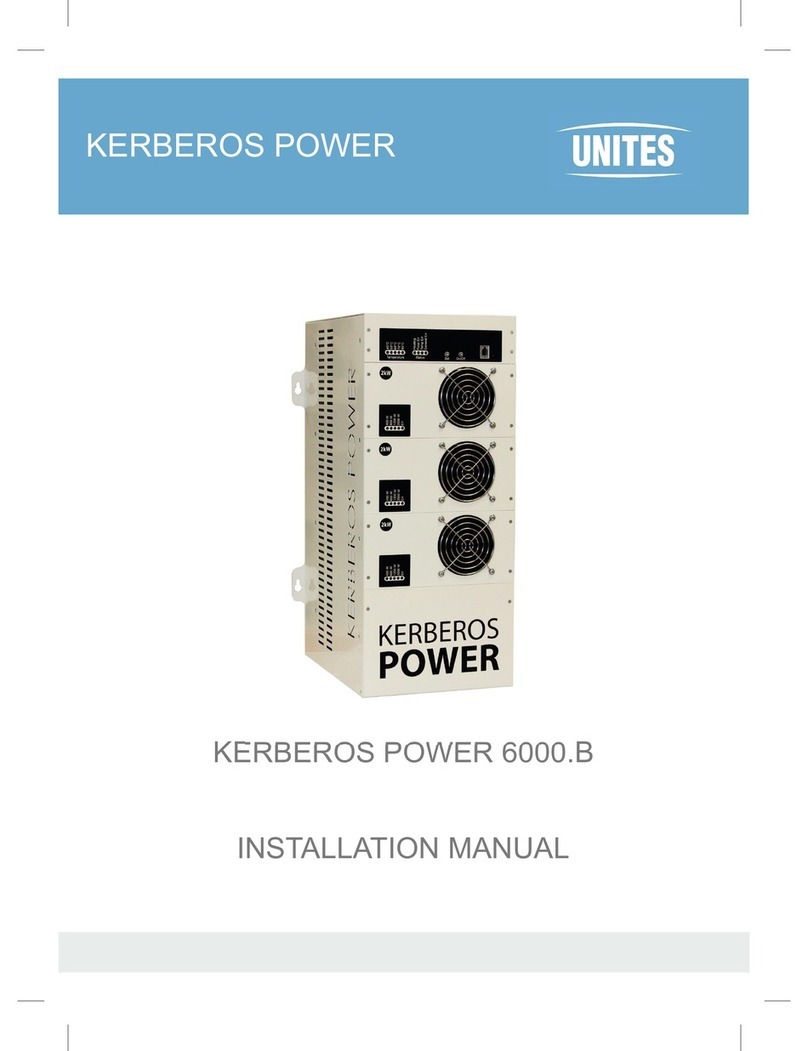
Unites
Unites KERBEROS POWER 6000.B installation manual
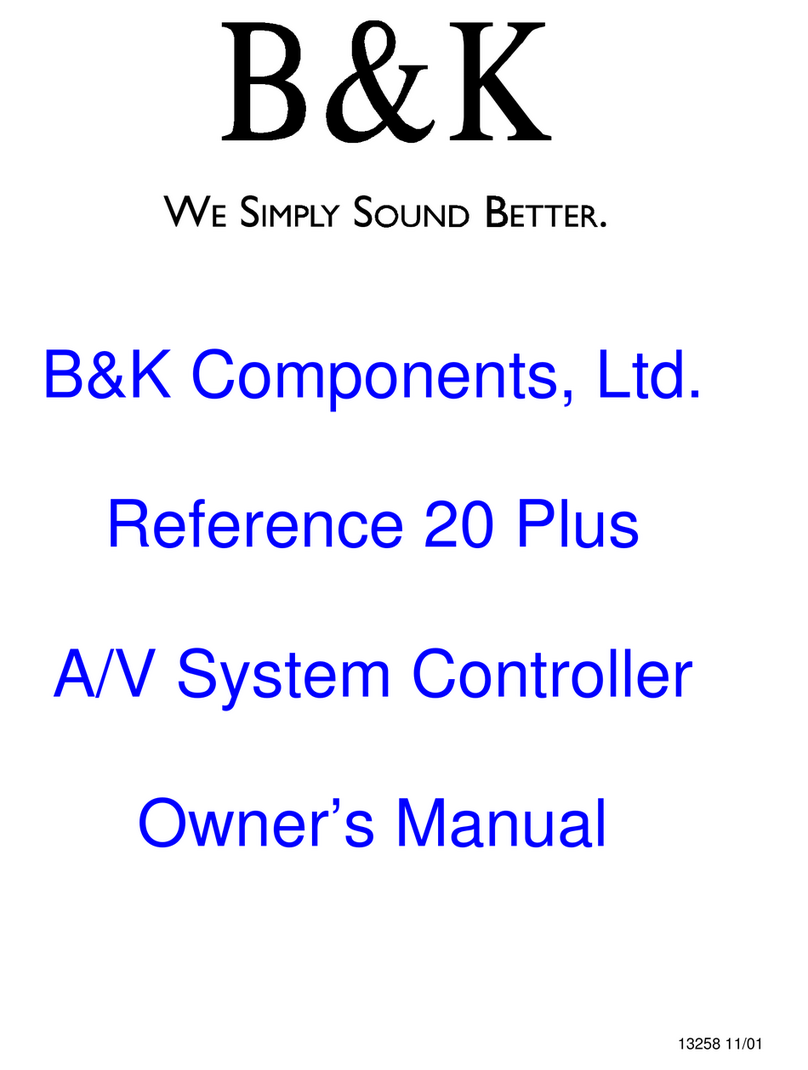
B&K
B&K Reference 20 Plus A/V System Controller owner's manual
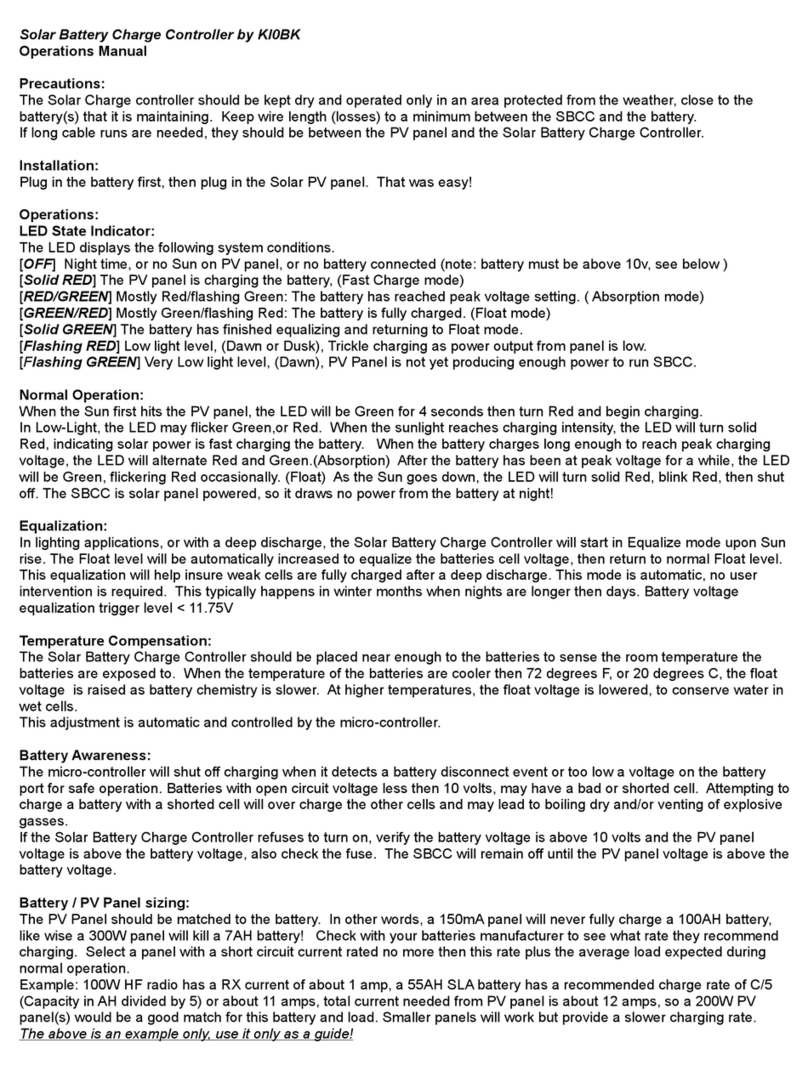
KI0BK
KI0BK SBCC Operation manual
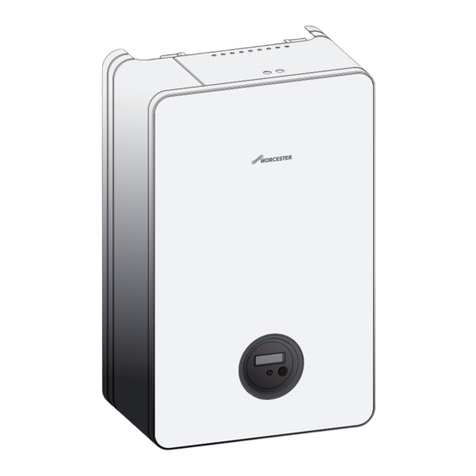
Worcester
Worcester Greenstar HIU Installation and maintenance instructions
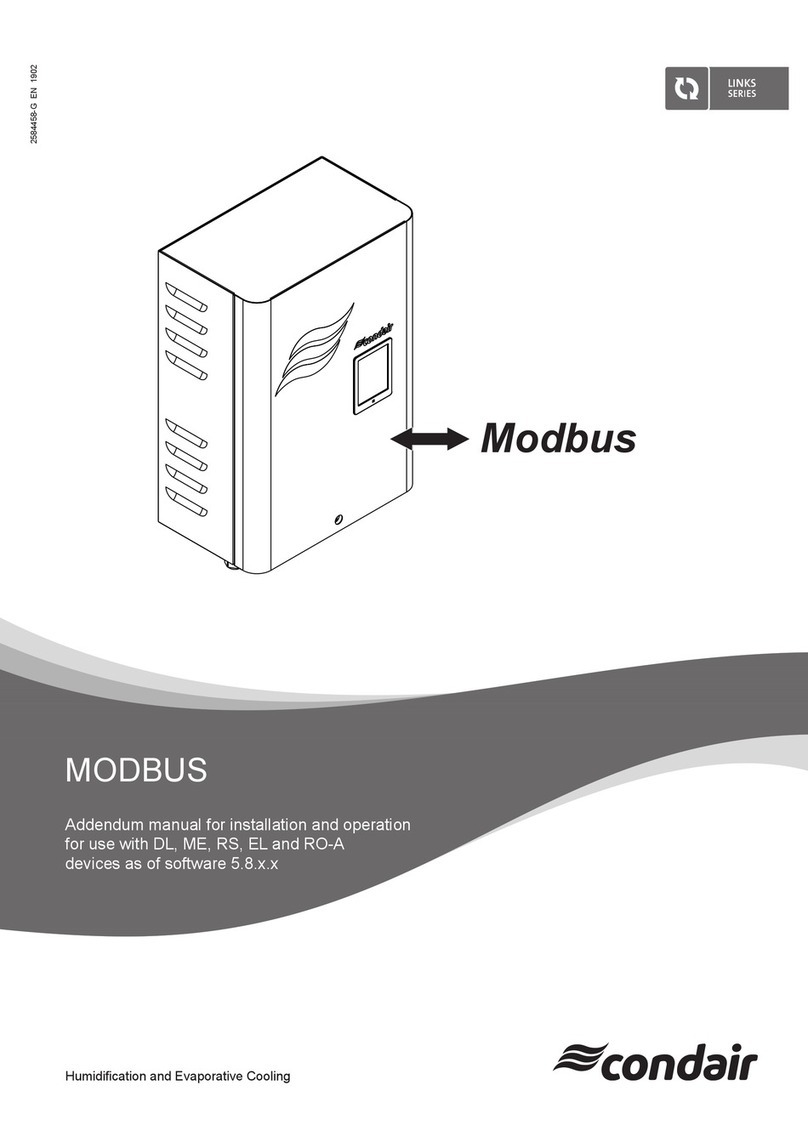
Condair
Condair Links Series Installation and operation
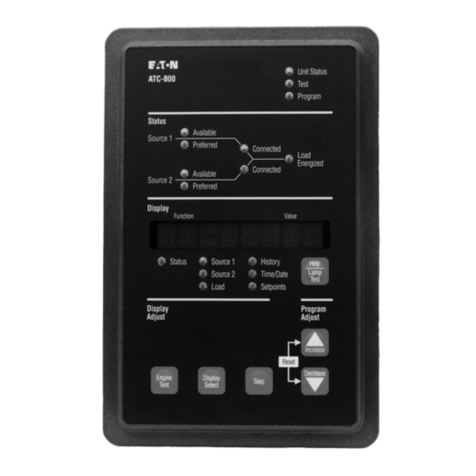
Eaton
Eaton ATC-800 Instructions for installation, operation and maintenance
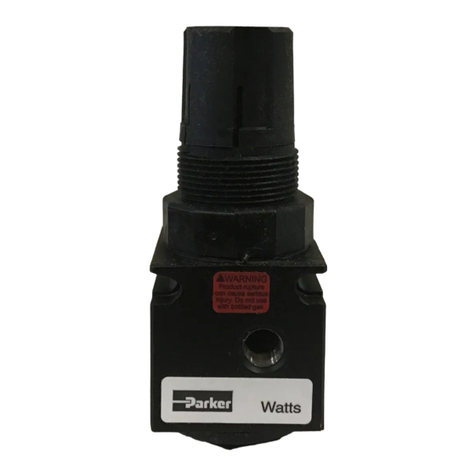
Parker
Parker R35 Series Installation and service instructions
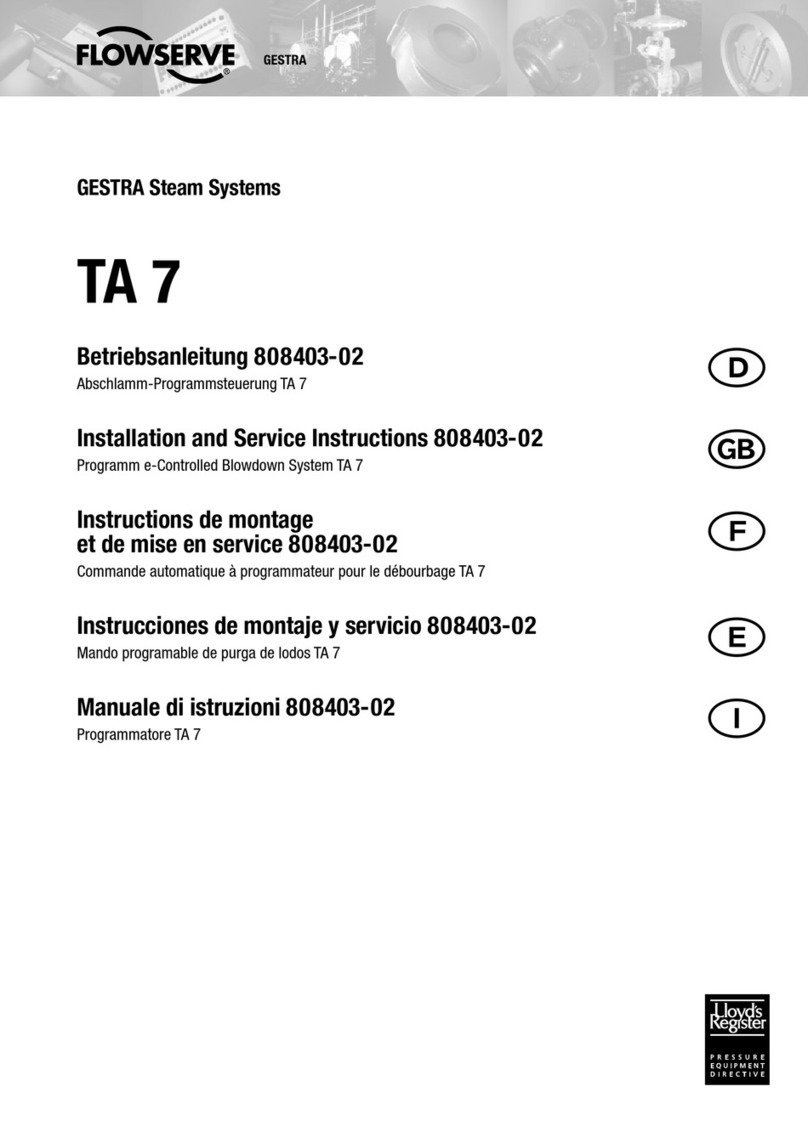
GESTRA
GESTRA TA 7 Installation and service instructions

Vector
Vector TCI-W11-U Series manual
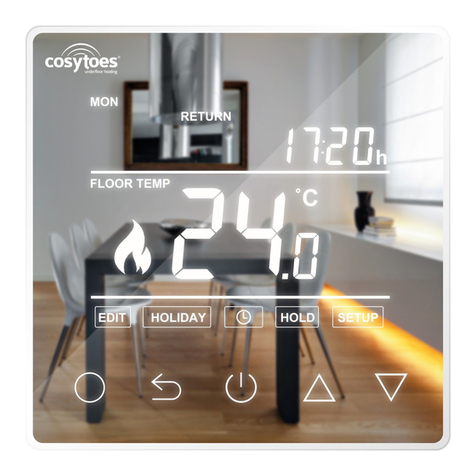
Cosytoes
Cosytoes Mirage Timerstat instruction manual

steute
steute Ex BF 80 Mounting and wiring instructions
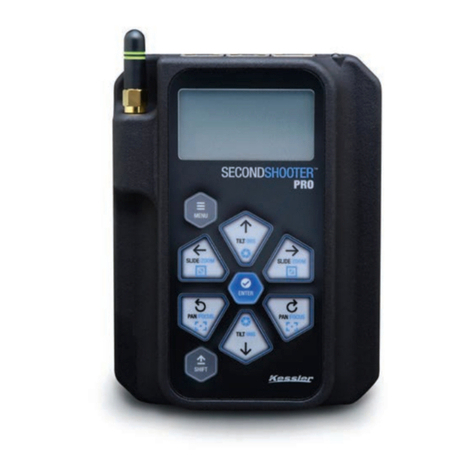
Kessler
Kessler Second Shooter Pro user guide
